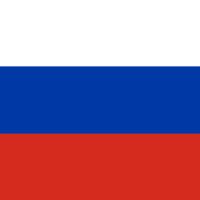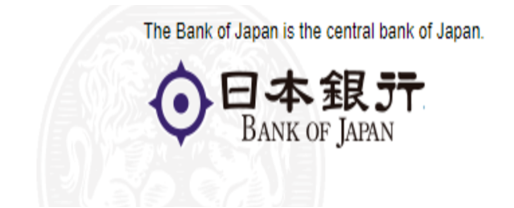Russia dropping US dollar for Chinese yuan – and fast
Russia has spent years trying to decrease its dependency on the US dollar. Moscow has accelerated its drive toward de-dollarization.
Western sanctions have locked Russia out of the US-dominated international financial architecture. Numerous Russian banks were disconnected from the SWIFT inter-bank messaging system. Washington and Brussels even froze a staggering $300 billion of the Russian central bank’s foreign exchange reserves.
In response, Russia’s central bank has largely abandoned the US dollar and euro, and instead it plans to buy Chinese yuan on the currency market.
In the span of less than a year, the yuan has quickly replaced the dollar as the most sought foreign currency in Moscow.
According to the Federal Reserve, the US dollar is involved in around 80% of global trade, and the dollar makes up approximately 60% of globally disclosed official foreign reserves, as of 2021.
But rising geopolitical conflict, fueled by Washington’s new cold war, has pushed Russia, China, Iran, and a growing list of countries to try to de-dollarize, or at least to diversify their foreign reserves.
Reuters reported that daily “yuan-rouble trading volumes on the Moscow Exchange are already exceeding dollar-rouble trades on some days,” and noted that this trend is likely to increase in 2023.
Russia has already made importers of its oil and gas pay in its currency, the ruble, in a challenge to the petrodollar.
An anonymous source in Russia’s banking system told Reuters, “The central bank can currently now buy yuan,” and, “if next year budget revenues from the export of oil and gas exceed 8 trillion roubles, then the central bank will buy yuan.”
Another anonymous source in the Russian government said to Reuters, “We have a lot of friendly currencies. On the exchange, the Chinese yuan is the most traded currency, it is the friendliest currency so far.”
In a separate report, titled “The yuan’s the new dollar as Russia rides to the redback,” Reuters revealed that the yuan’s share of trading on Russia’s currency market increased from 1% to 40-45% in less than a year.
At the same time, dollar trade halved from 80% to 40% of volumes on the Moscow Exchange.
Russia has quickly become the world’s fourth-biggest offshore trading center for renminbi – a drastic change, considering it was not even in the top 15 at the beginning of the year.
Reuters acknowledged that Moscow’s de-dollarization campaign is not new, but it accelerated in 2022.
“While the yuan, or renminbi, has been making gradual inroads into Russia for years, the crawl has turned into a sprint in the past nine months as the currency has swept into the country’s markets and trade flows,” the media outlet wrote.
It added, “Russia’s financial shift eastwards could boost cross-border commerce, present a growing economic counterweight to the dollar and limit Western efforts to pressure Moscow by economic means.”
In a report in March, the International Monetary Fund (IMF) warned of an “erosion of dollar dominance.”























































First, please LoginComment After ~